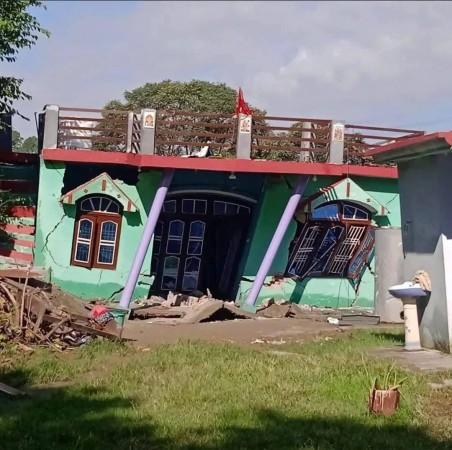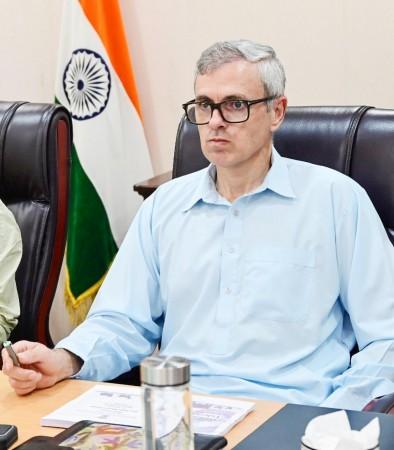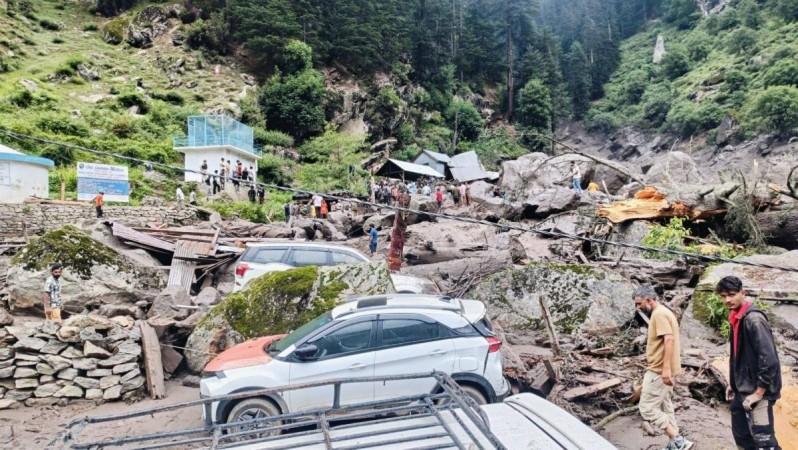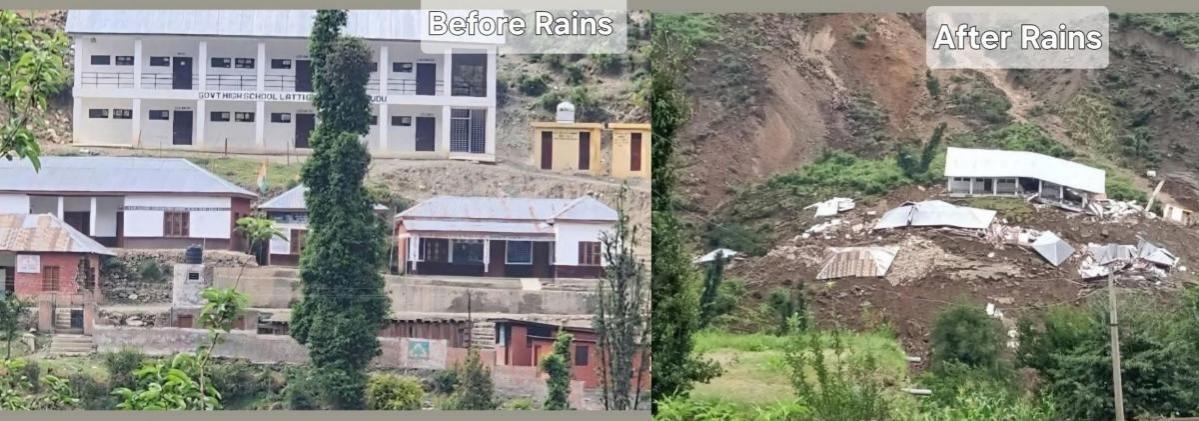
As many as 4,200 houses were completely destroyed, and over 8,600 were partially damaged in the recent devastating floods and cloudbursts that struck the Jammu province. These details were shared by Divisional Commissioner Jammu Ramesh Kumar during a high-level meeting chaired by Chief Minister Omar Abdullah to take a comprehensive review of flood relief and restoration measures across Jammu and Kashmir.
First time after devastation, cloudbursts, and horrific floods in the last week of August and the first week of September, authorities have issued official data about loss of lives and property in both Jammu and Kashmir regions.

Divisional Commissioner Jammu presented the situation in the Jammu Division, reporting several human and heavy material losses. He said the floods claimed 150 lives, left 178 people injured, and 33 missing, with Kishtwar recording the highest casualties.
Housing losses were severe, with more than 4,200 homes fully damaged and over 8,600 partially damaged, the worst-hit districts being Udhampur and Jammu. Livestock losses stood at 1,455, and crops over 1,300 hectares were damaged.
It was informed that financial assistance exceeding ₹40 crore has been disbursed from the State Disaster Response Fund, with an additional ₹3.35 crore provided from the Chief Minister Relief Fund.
Restoration work is underway across sectors, with over 2,700 km of roads and more than half of the damaged bridges already temporarily restored. Permanent restoration of roads and bridges is estimated at nearly ₹893 crore.

49000 power transformers damaged
As per the data shared by the government, the power sector was also badly affected, with over 49,000 distribution transformers hit—almost all of which have now been restored. More than 2,000 water supply works were damaged, with around 1,600 temporarily restored, requiring nearly ₹195 crore for permanent restoration.

758 schools declared unsafe in Jammu province
The education sector also bore the brunt of the floods, with more than 8,800 schools audited for safety. Over 5,500 have been issued safety certificates, of which around 5,200 were deemed safe, while 758 were declared unsafe. In public health, 442 water samples were tested, and over 1,500 health camps were organized, screening nearly 80,000 people. Encouragingly, no warning signs of disease outbreaks have been reported.
16 houses were completely damaged in Kashmir Valley
As per data shared by the Divisional Commissioner Kashmir, Anshul Garg, losses in the Kashmir division included 16 houses that were fully damaged, 57 severely damaged, and 791 partially damaged, with relief already disbursed in all cases. Tragically, one life was lost, for which compensation has been provided, while three other deaths in related incidents in Anantnag were compensated through the Red Cross.
Divisional Commissioner Kashmir gave an account of agricultural losses with more than 12,500 hectares of land affected and nearly 315 hectares in Horticulture impacted, primarily in Anantnag, Kulgam, and Pulwama districts, with estimated losses of about ₹59 lakh.
All departments directed to expedite assessment process.
The Chief Minister directed all departments to expedite their assessment so that projections for relief and restoration could be submitted to the Government of India without delay. He enquired about the funds released during the floods and was informed that in several districts, these funds have been utilized in temporary restoration works. Stressing the importance of durable solutions, he directed the Jal Shakti Department to avoid temporary fixes and instead focus only on permanent restoration of water supply schemes.
He also reviewed the safety audit of schools undertaken after the floods, calling for the certification process to be fast-tracked.
During the meeting, Omar Abdullah expressed concern over damage to the historic Mubarak Mandi Heritage Complex in Jammu. Divisional Commissioner Jammu, Ramesh Kumar, informed that land subsidence along the Circular Road had damaged the backside of the complex, underscoring the need for urgent protective measures.









